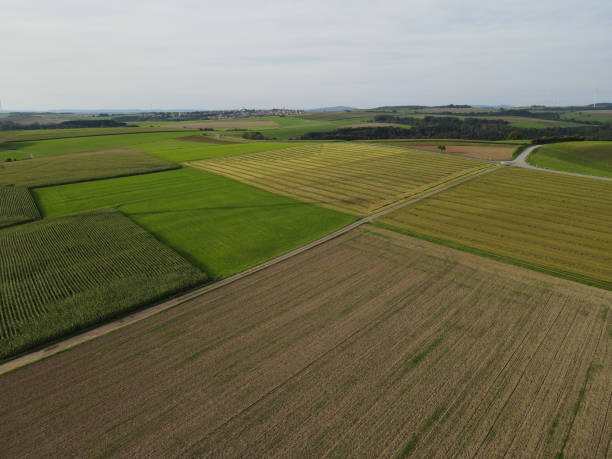The Peoples Company National Land Values report says, "high quality farmland in the Corn Belt is truly viewed as the gold standard for agricultural investments."
"When you get right down to it, what we're saying is the land market performed really well in 2023 and the outlook in 2024 is that the land market remains flat, even though your intuition is it should soften with lower commodity prices and higher interest rates," says Steve Bruere, president of Peoples Company.
Bruere says there are a few specific reasons prices should hold.
"One, you've got farmland leveraged at 14% nationwide," he says. "There's very little leverage, so the interest rate impacts are not as profound as one might think. Two, less than 1% of all the farmland in the U.S. hits the open market on an annual basis. So it's a thinly traded market, and so there's no pressure on land values because there's such little inventory."
Lastly, he says there is not enough distress to force sales and landowners may be inclined to wait for higher prices. He adds he expects fewer transactions and a flat farmland market in 2024.
According to the report, all Corn Belt states, which include Iowa, Missouri, Illinois, Indiana, and Ohio, saw farmland value appreciation in 2023. The report also looks at return on investment (ROI) for the region over various holding periods. In recent years the region has averaged an ROI of 12.85% before taxes and expenses and has been more than double inflation. Included in the ROI calculation is both land value appreciation and cash income.
"The market has shown considerable strength with prices leveling or backing off only slightly from the peaks in early to mid-2023," says the report. "High quality farmland in the Corn Belt is truly viewed as the gold standard for agricultural investments in any case, so it shows the greatest residual demand of any region and has the greatest concentration of 'deep pocket' buyers of any region of the country."
The report breaks down farmland across the country into 11 different regions.
View the Complete Report











